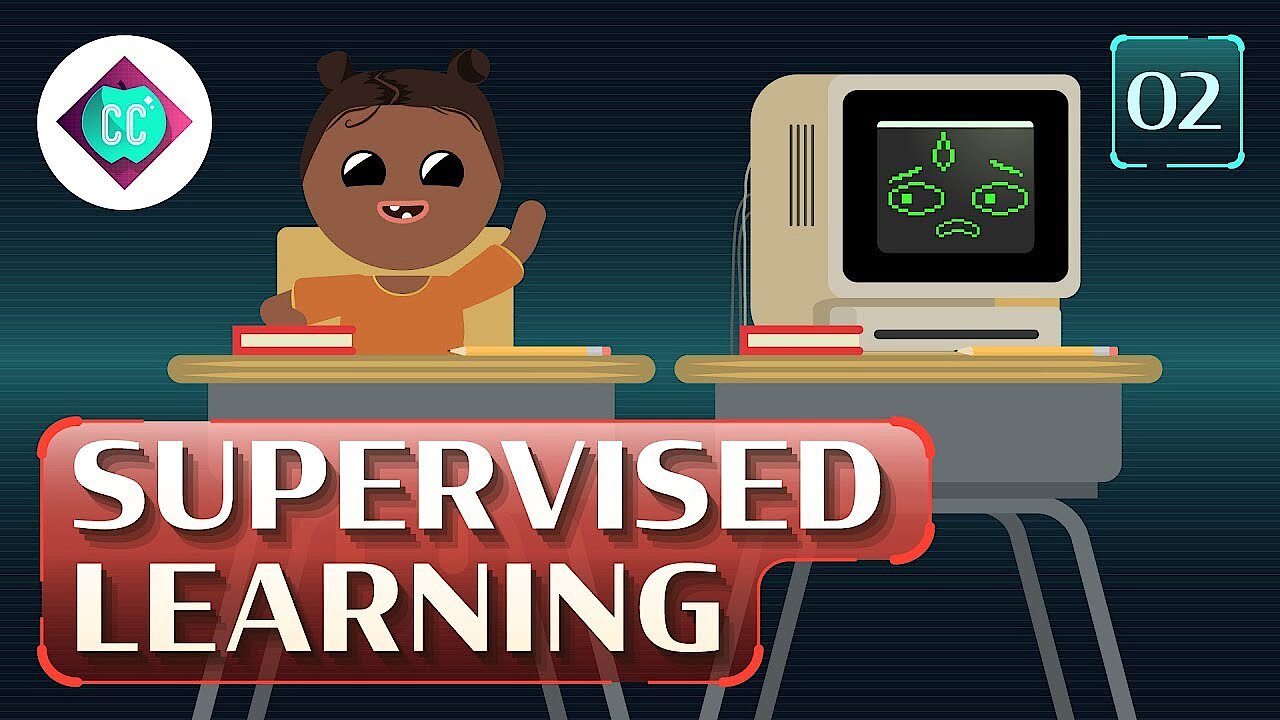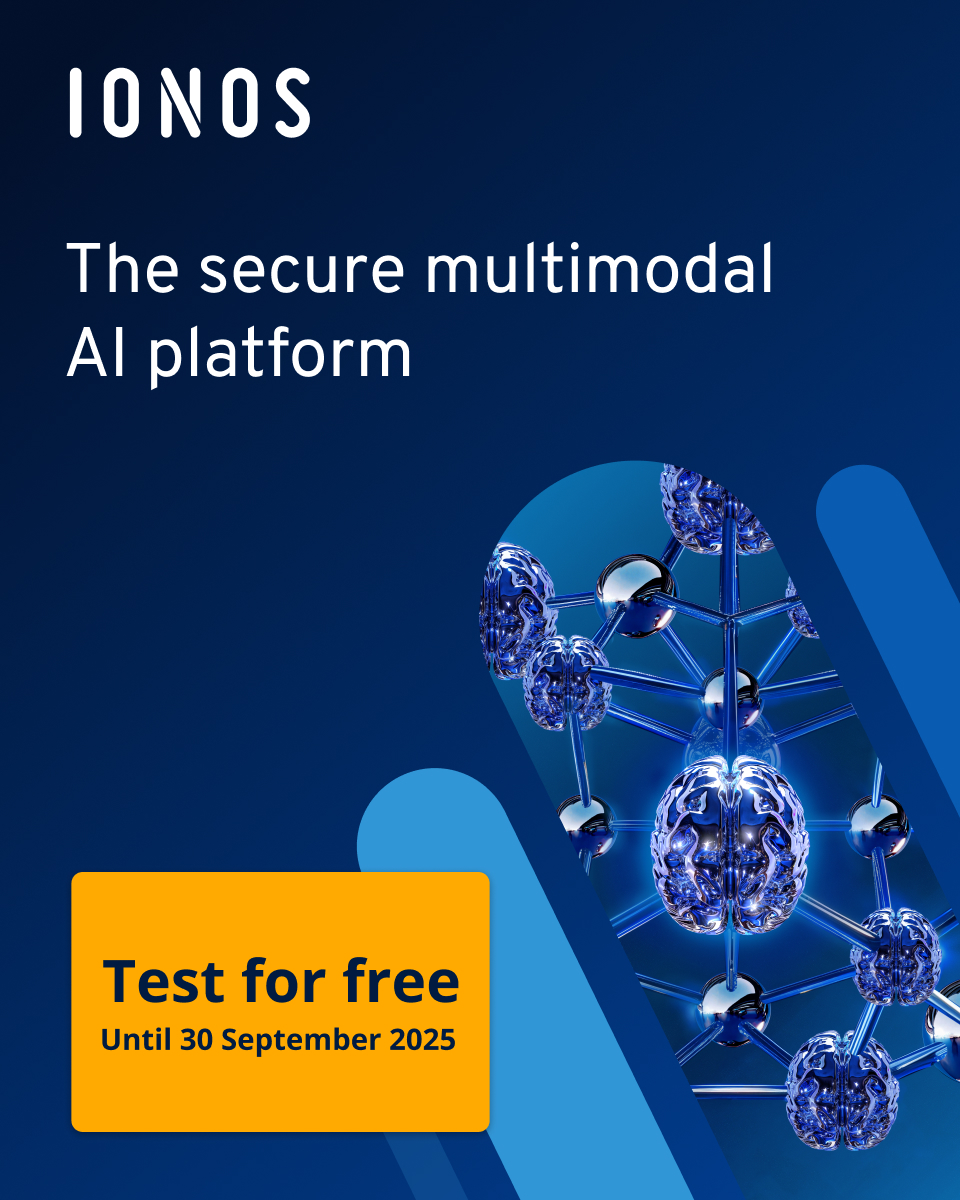Supervised learning: a lesson plan for machines
Machine learning, deep learning, neural networks, and artificial intelligence are becoming increasingly sophisticated. But how do you actually develop machines that can think for themselves and solve problems on their own? Even algorithms need to be trained first. To this end, machine learning uses a variety of methods. In reinforcement learning, stimuli are set, and unsupervised learning works entirely without developers having to review it. But what about supervised learning?
What is supervised learning?
Machine learning involves computers recognising patterns and learning rules. Instead of just being able to react to the input of human users, machines should be able to make decisions independently based on the rules they have learned. For example, algorithms can learn to correctly identify spam or to understand the content of an image. Developers and scientists use a variety of methods for training. The most commonly used method is probably supervised learning.
In supervised machine learning, developers provide the algorithms with a prepared data set as a training source. In other words, the results are provided upfront. The algorithm’s job is to recognise the pattern: why does this data belong to category A and not to category B?
Supervised learning is used for algorithms that are supposed to categorise types of data (e.g. photos, handwriting, language, etc.). Another common field of application for supervised learning is regression problems. In this case, the algorithms are supposed to make predictions, such as price trends or increased sales.
Semi-supervised learning is a hybrid form. When using this learning method, only part of the data set is labelled. The rest remains uncategorised and should be assigned to categories by the algorithms independently. An example of this is Facebook’s facial recognition function. All you need to do is tag a few photos with the names of friends. The algorithm will find the rest on its own.
An example of supervised learning
Suppose you want to train algorithms to be able to distinguish cat images from dog images. The developers would prepare a massive data set for this purpose. It would contain images that have already been labelled (i.e. identified as belonging to a specific category). There could be three different groups for this: dogs, cats, and others. What is important is that the data set also contains as much variation as possible. To put it simply, if you only have images of black cats in your training data set, the algorithm will assume that all cats have a black coat. So, the data set should reflect the range of variation as much as possible.
When being trained, the algorithm first receives the content (uncategorised), makes a decision independently, and then compares its decision with the output provided by the developers. The system checks its result against the correct one and draws conclusions from this that will affect the subsequent assessments it makes during the training. The training continues until the machine’s assessments come close enough to the correct results.
 To display this video, third-party cookies are required. You can access and change your cookie settings here.
To display this video, third-party cookies are required. You can access and change your cookie settings here. Advantages and disadvantages of supervised machine learning
The learning method you should choose greatly depends on the tasks that the algorithms will be performing later on. For categorisation and regression problems, supervised learning is recommended over other methods. Generally, when using supervised learning, you can train algorithms so that they are perfectly prepared for the field of application. Since you have complete control over the training material, all you need is enough inputs and time to correctly adapt the algorithms. The focus here should be on the input: it needs to be an extensive data set. As each element has to be labelled in supervised learning, this requires a significant amount of work on the part of the developers and scientists.
Though this is work-intensive, it is relatively easy to understand what is going on. While much remains unclear when using unsupervised learning, because the algorithms function on their own without actual instructions, in supervised learning what the machine does is precisely defined. However, this can also present a disadvantage. The trained algorithms will only work within the restrictions that have been imposed on them. Therefore, you cannot expect any creative solutions for your tasks.
Supervised learning is a very popular method for training algorithms because developers and scientists retain complete control. While the results in other training variants are often unclear, in supervised machine learning the expected results by the end of the training process are clear from the start. However, this entails a great deal of work for those performing the training.

